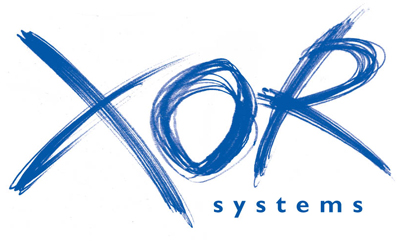Modern Spectroscopy 7-7-2022
One of the projects we are working on uses a solid state spectrometer, which has raised our knowledge of spectrometers, the interesting ways in which they have operated in the past and the unintuitive methods that modern systems use to function.
Spectroscopy is the process of breaking down a ray of light into its component wavelengths and analysing the intensity of light at each wavelength. This is a superbly useful tool for analysing, for example, the light coming from the stars in order to find the composition of a substance. However, in a much more down to earth way, it finds much greater use in analysing the composition of materials.
Once a light spectrum has been obtained, it may be used to find the materials present in the body that emitted the light. This can be done due to all elements having a very specific associated wavelength of light that they emit or absorb.
The first spectroscopy experiments were conducted by Isaac Newton. He focused a small beam of light from the sun through a prism. The prism split the light into a spectrum and Newton was able to note that the spectrum was not of uniform brightness. It was later discovered that the lighter and darker regions represented the hydrogen, helium and other trace elements that make up the sun.
Modern spectrometers achieve this feat using a clever series of optics and a CCD (charge-coupled device). Light coming into the spectrometer will be split into a spectrum of its component frequencies by a diffraction grating, then focused on to a CCD. The format of this CCD is what piqued our interest at Xor Systems. Instead of a standard 2D array of pixels as you might find in your phone camera, the CCD in a spectrometer takes the form of a 1 by X array, with 'X' depending on the resolution of the spectrometer. The light spectrum produced by the optics can then be shone onto the CCD, where each pixel in the CCD will correspond to a narrow band of light, this allows each pixel to be able to measure the intensity at each frequency.

